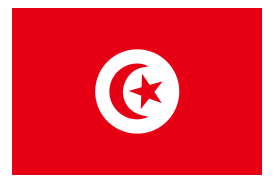Language/Tunisian-arabic/Grammar/Conditional-Mood
Hi Tunisian Arabic learners! 😊
In today's lesson, we will be discussing the conditional mood in Tunisian Arabic. This is an important part of the language and understanding it will help you to communicate more effectively.
Consider exploring these related pages after completing this lesson: Future Tense, Pronouns, Present Tense & How to Use Be.
Overview[edit | edit source]
The conditional mood is used to express a hypothetical situation or a future event that is dependent on another condition. It is formed by using the verb "to be" (أنا) followed by the past tense of the verb.
For example:
If I had money, I would buy a car.
In Tunisian Arabic, this would be:
إذا كان لي مال، سأشتري سيارة.
Formation[edit | edit source]
The conditional mood is formed by using the verb "to be" (أنا) followed by the past tense of the verb.
For example:
If I had money, I would buy a car.
In Tunisian Arabic, this would be:
إذا كان لي مال، سأشتري سيارة.
The verb "to be" (أنا) is conjugated in the past tense depending on the subject.
For example:
If I had money, I would buy a car.
In Tunisian Arabic, this would be:
إذا كان لي مال، سأشتري سيارة.
If you had money, you would buy a car.
In Tunisian Arabic, this would be:
إذا كان لك مال، ستشتري سيارة.
Usage[edit | edit source]
The conditional mood is used to express a hypothetical situation or a future event that is dependent on another condition.
For example:
If I had money, I would buy a car.
In Tunisian Arabic, this would be:
إذا كان لي مال، سأشتري سيارة.
It can also be used to express wishes or desires.
For example:
I wish I had more time.
In Tunisian Arabic, this would be:
أتمنى أن يكون لي المزيد من الوقت.
Conclusion[edit | edit source]
In conclusion, the conditional mood is an important part of Tunisian Arabic grammar. It is used to express a hypothetical situation or a future event that is dependent on another condition. It is formed by using the verb "to be" (أنا) followed by the past tense of the verb.
If you have any questions, please ask them in the comments section below.
Feel free to edit this wiki page if you think it can be improved. 😎

